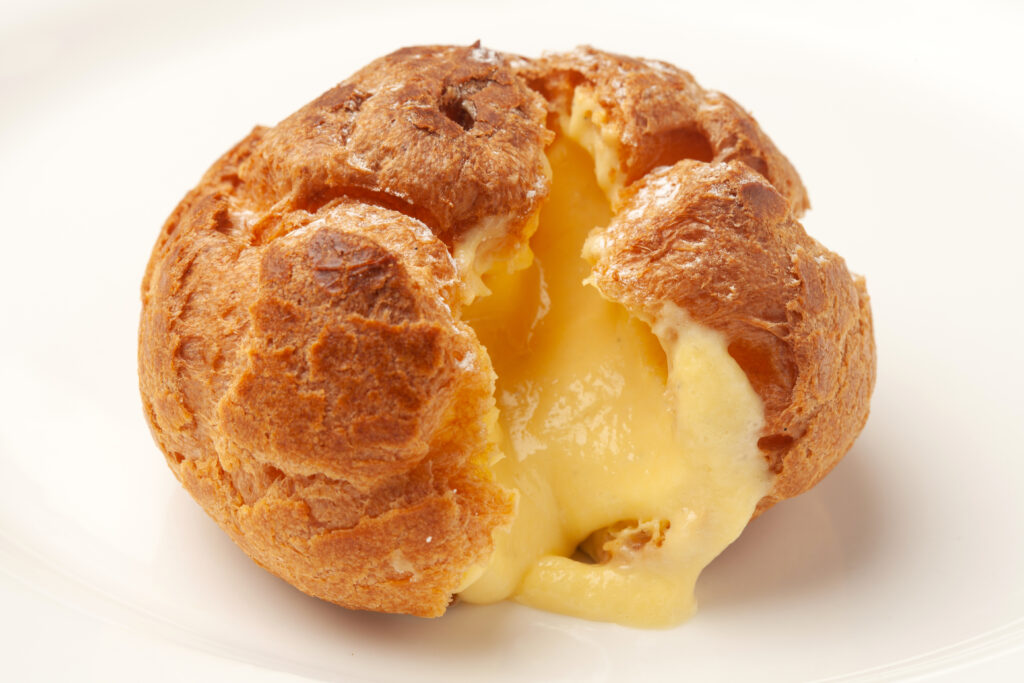Appearances of sweets entice our appetite. When I glanced at a showcase at a convenience store, the sight of chou à la crème immediately caught my attention. The brown-colored Choux pastry has a crispy texture without being too soft. Vivid images of the creamy texture melting on my tongue filled my mind when I saw the Chu a la crème. The moment I saw the chou a la crème, I couldn’t resist buying it. When I went home and took a bite, I confirmed that the visual clue was correct. The chou a la crème, creamy filling, satisfied me.
Appearance-Deceptive Sweets
Visuals alone can predict sensory experiences during eating. The stark difference between the visually appealing food depicted and its actual tastes could magnify our disappointment. When I bought the chocolate-coated soft biscuits, I expected a delightful textural experience—a crispy bite followed by a bittersweet coating. However, my first bite disappointed my taste buds. The chocolate was tasteless, and the soft biscuit lacked the crispiness. After being disappointed with the chocolate-coated biscuits, I have never purchased them again.
Appearance for Food Safety and Quality
Appearances are essential cues for the freshness of food ingredients, especially for cooking Japanese food. Visuals can serve as sensory cues for consumers when finding good foods daily. At the supermarket, we pick up packaged sashimi, like fresh fish, with a bright, firm appearance. We also pick up strawberries with bright red colors and glossy appearances, like fresh ones, when we buy and eat them as fresh fruit. Daily grocery shopping is part of Japanese culture, and those who do it have become skilled at judging the food quality based on its appearance.
Food to Show-off
Photo-sharing social platforms make us take photos of the food they eat. Many Japanese take pictures of sweets, lunch, and dinner meals and upload them on social media platforms like Instagram. My Instagram friend has uploaded Japanese and Western sweets on Instagram, saying they look Instagramable.
A delicious food photo helps us remember the meal even after it’s gone. Looking at the picture can bring back the taste and experience.
Food as a Small Daily Entertainment
Eating delicious food is a tiny daily treat. The alluring appearance of food is the start of our taste journey. Delicious foods’ delicate appearance and taste entertain us and make us happy.
When I’m hungry, the visual presentation of the food is no longer important—only the taste and quantity matter.
